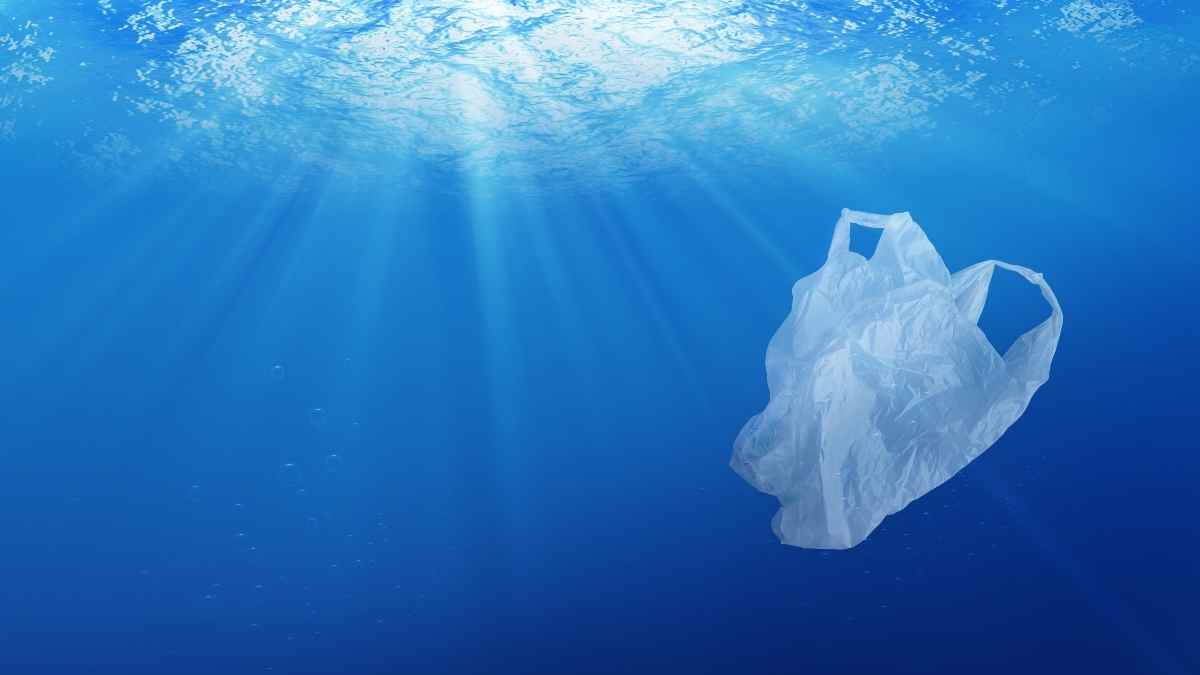This year, the globe is predicted to use five trillion plastic bags, or nearly one million plastic bags per minute!
To make it more relatable, all of these bags used will cover the ground two times the area covered by France if stacked together.
Our earth suffers greatly as a result of plastic bags. It clogs drains, produces floods, and pollutes air, water, soil, and land since it is not biodegradable.
As a result, we’ve compiled a list of the top alternatives to plastic poly bags that you may use instead of plastic bags.
So, don’t wait a minute longer before making the green switch to some of the best plastic bag alternatives!
But Why the Frown on the Use of Plastics?
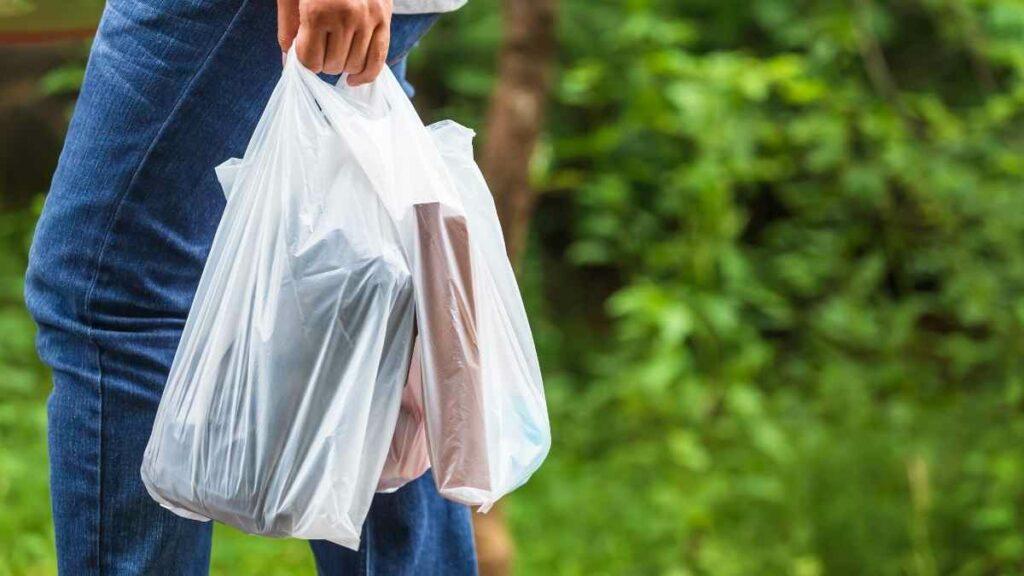
There are several explanations for why plastic bags causes a lot of problems for us and our environment. Below are some of the explanations of why plastics aren’t the best option:
1. Single-use plastic products need a lot of energy to manufacture
The plastics sector accounts for 8% of total global oil output.
Six kilograms of unhealthy carbon dioxide is discharged into the environment for every one kilogram of plastic bags produced. This might not be much, but the numbers add up rapidly.
-
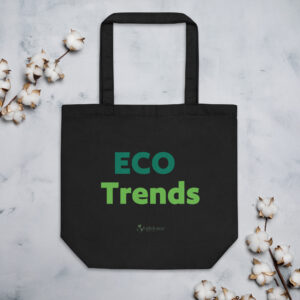
Fashionably Green and On-The-Go
£16.50 Select options This product has multiple variants. The options may be chosen on the product page -
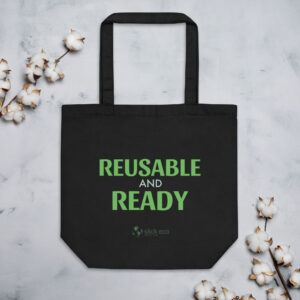
Reusable and Ready Eco-Friendly Tote Bag
£16.50 Add to cart
2. Plastic is seemingly indestructible
It does not degrade in the same way as the food you take with you decomposes.
When plastic bags degrade, they produce degraded microplastics, which keep a lot of the same hazardous properties as the original.
Microplastics contaminate water supplies and are consumed by aquatic life. They gradually work their way through the ranks until they hit the most dangerous living thing on the planet: mankind.
3. Plastics degrade into potentially hazardous materials
One particular chemical used in plastics increased cancer risk and affected hormonal levels and production.
4. It is detrimental to animals
Seagulls trapped in a plastic bag and marine turtles suffocated by a plastic bag have all been photographed. The scary thing is that most of us keep allowing this to occur without guilt or accountability.
Where is Plastic?
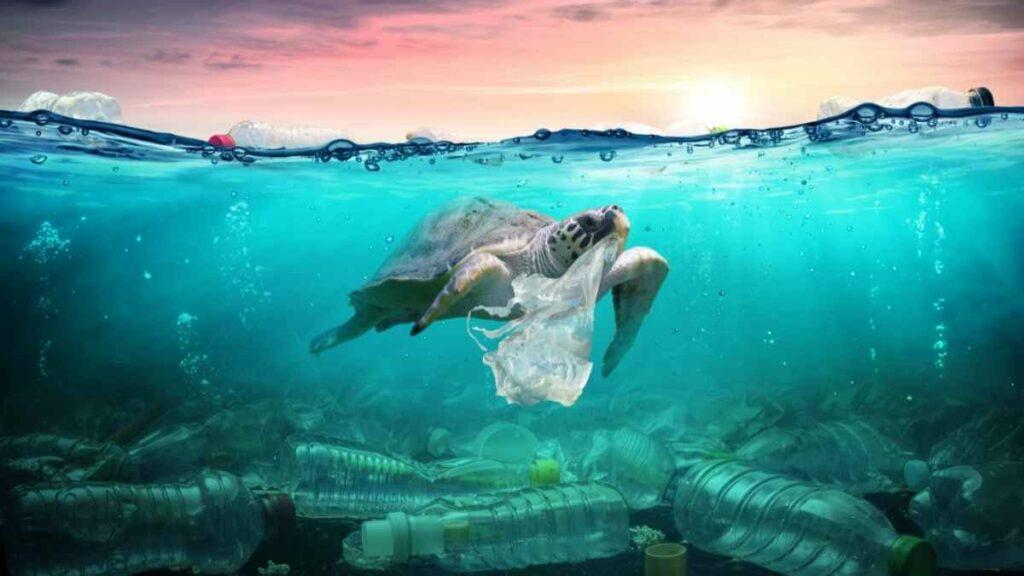
“Where isn’t plastic?” might be better. If you are not aware, the Gyre, a massive mound of junk twice the size of Texas, is located in the midst of the Pacific Ocean.
There are five gyres in the world. It is largely constructed of – shock, horror – plastic!
It is right there, growing in size every minute.
Fortunately, many eco-conscious groups out there go out of their way to mop up our trash and ensure a healthier and more sustainable planet.
Are you thinking about getting rid of your water bottles, straws, and plastic bags right now? That’s fantastic! But wait for a second, as there’s yet another piece of information you might not have been aware of: plastic is all around us.
Below are some examples of plastic-containing items we use on a day-to-day basis:
- Milk cartons. Composed of waxy cardboard made up of twenty percent plastic and eighty percent paper.
- Coffee cups. To make sure that your coffee is warm and your cup’s exterior is dry, manufacturers coat them with plastic.
- Baby wipes, diapers, and sanitary pads. A plastic coating may be found within any waterproof item.
- Teabags. Polypropylene, a plastic bag, is used to enclose tea in teabags.
- Packaging for food. These reusable bags are interlaced with plastic to ensure that the items are dry and pest-free. Although it is a highly successful strategy for keeping proper hygiene, there must be a good alternative.
- Glitter. It is, in fact, composed of plastic material! You should reconsider your child’s artwork.
- Clothing. Plastic makes synthetic fibers like acrylic, polyester, and nylon.
- Stickers. Stickers are things you offer your kids so that they can play with them. Even stickers placed on products have a little amount of plastic in them. You would be better off getting non-stickered, fresh food if you are living close farmers’ market.
What Can We do to Reduce Plastic Pollution?
Of course, the answer to plastic waste is a no-brainer:
- Recycle and reuse plastic.
- Put an end to the production of single-use plastics, like single-use plastic bags.
- Look for environmentally responsible options.
What is a good alternative to plastic poly bags?
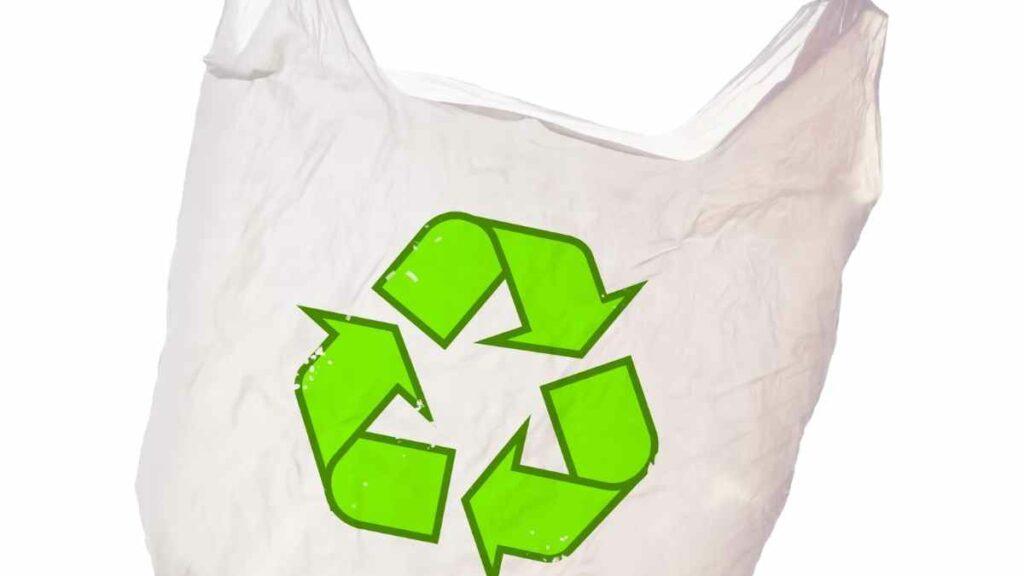
- Canvas Bags — A Simple Option: Canvas bags are reusable bags produced in cotton are stronger and thicker plastic bags alternatives, and they exist in a different range of shapes and sizes. Canvas bags are cost-effective and lightweight when compared to traditional cotton bags. What’s even better is that you may launder these reusable bags frequently and make use of them as much as you like. You may also purchase it and sew yours if you want to go the DIY way.
- Ecologically-Friendly Bags Produced From Vegetable Wastes and Natural Starches: Many firms out there are offering alternatives to cling wraps, zip pouches, and plastic bags. What they’re doing is easy: they’re producing plastic bag clones that, when discarded, may become a source of nourishment for animals. EnviGreen sells bags for roughly thirty-five to forty percent more expensive than plastic bags, yet they are presently some of the least expensive options to plastic bags.
- In Vogue and Trendy– Denim Bags: Denim is well-known for its dependability and durability. In contrast to plastic bags, this reusable bag can contain so much more. These are readily washable and may be stored for a long time. Also, you may craft your denim bag out of old jeans.
- Another Step Towards a Non-Plastic Globe: Aarohana EcoSocial Developments, a Pune-based startup founded by two IT experts, offers a fashionable replacement for plastic packaging. Even better is that the team is upcycling used plastic bags and repurposing them as new attractive bags. The team has repurposed about 200,000 standard small shopping plastic bags to date. Avoid adding to the rising heap of plastics by substituting these plastic bag alternatives.
- Simple and Plain – Jute Bags: Jute bags are another alternative to plastic poly bags. They’re more robust, biodegradable, and stronger. In 2 years, these low-cost bags will decompose organically.
Conclusion
Science and technology have advanced significantly over time, yet humanity continues to struggle with the plastic pollution problem.
With the risk of climate change looming over our heads, engineers and scientists are steadily working on getting quality replacements for plastic bags.
However, if we’re being truthful, the harm has been done. Most of the impacts of a plastic bag, especially those on animals, are permanent. Perhaps, we’ll be able to solve the problem by using plastic bag alternatives to get ourselves back on track.
In the meantime, you can still help the planet by passing on this information by sharing it with your family and friends.

